HMRC Updates VAT Late Payment Penalty Rules
-gkduqhwbzh.webp)
The UK government has updated the guidance on late payment penalties, which explains how these penalties work and outlines the steps taxable persons should take to avoid them. The main reason for updating the guidance was the HMRC decision to increase the value of late payment penalties charged.
Impact on Taxable Persons
The UK introduced a new system of penalties for late VAT payments and late VAT return submissions for VAT accounting periods beginning on or after January 1, 2023. The system replaced the previous VAT default surcharge regime and changed the method for charging interest on late payments.
Although the late payment interest is calculated from the first day payment is overdue until it is paid in full, the first late payment penalty is issued if payment is 16 days or more overdue. The first late payment penalty is calculated at 3% of the VAT that the taxable persons owe on day 15. If the payment is 31 days or more overdue, the first penalty increases, and a second penalty is issued.
In that case, the first issued penalty is calculated as 3% of the amount outstanding on day 15, plus 3% of the amount still outstanding on day 30. The second penalty is charged at a daily rate of 10% per year on the outstanding balance until the VAT is paid in full, or just before the end of the 2-year assessment time limit, when tax remains outstanding, at which point the penalty is assessed.
To avoid these penalties, taxable persons who cannot pay the due VAT should contact HMRC and request an installment payment plan, known as a Time to Pay arrangement. Depending on the specific circumstances, signing the Time to Pay arrangement may result in lower or no late payment penalties, including any accrued interest.
However, those who do sign the Time to Pay arrangement must make payment according to a defined schedule. Otherwise, they risk HMRC cancelling the arrangement and charging both first and second late payment penalties, as if the arrangement had never been concluded.
Conclusion
The new penalty system applies to all VAT-registered businesses, regardless of whether they submit a return showing no VAT due, also known as a nil return, or a return claiming a repayment. For periods beginning on or before December 31, 2022, the previous VAT default surcharge rules are still applicable. To avoid these penalties, taxable persons should either pay due VAT on time or submit a request for a Time to Pay arrangement.
Source: UK Government

Featured Insights

Angola’s E-Invoicing Mandate: Phased Implementation Continues Into 2026
🕝 December 10, 2025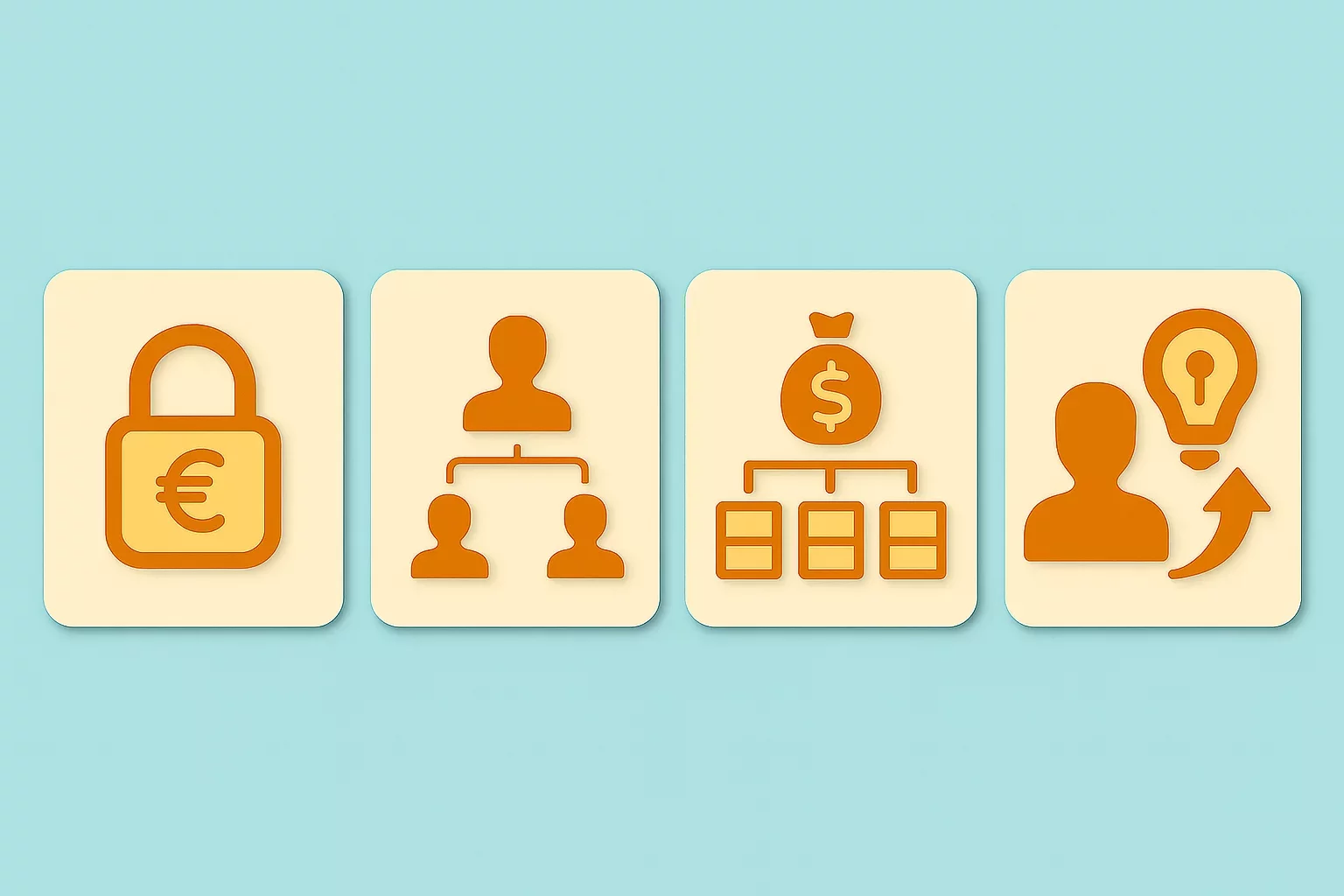
VAT Deduction and Business Succession: When Do Advisory Costs Serve the Company’s Interest?
🕝 December 8, 2025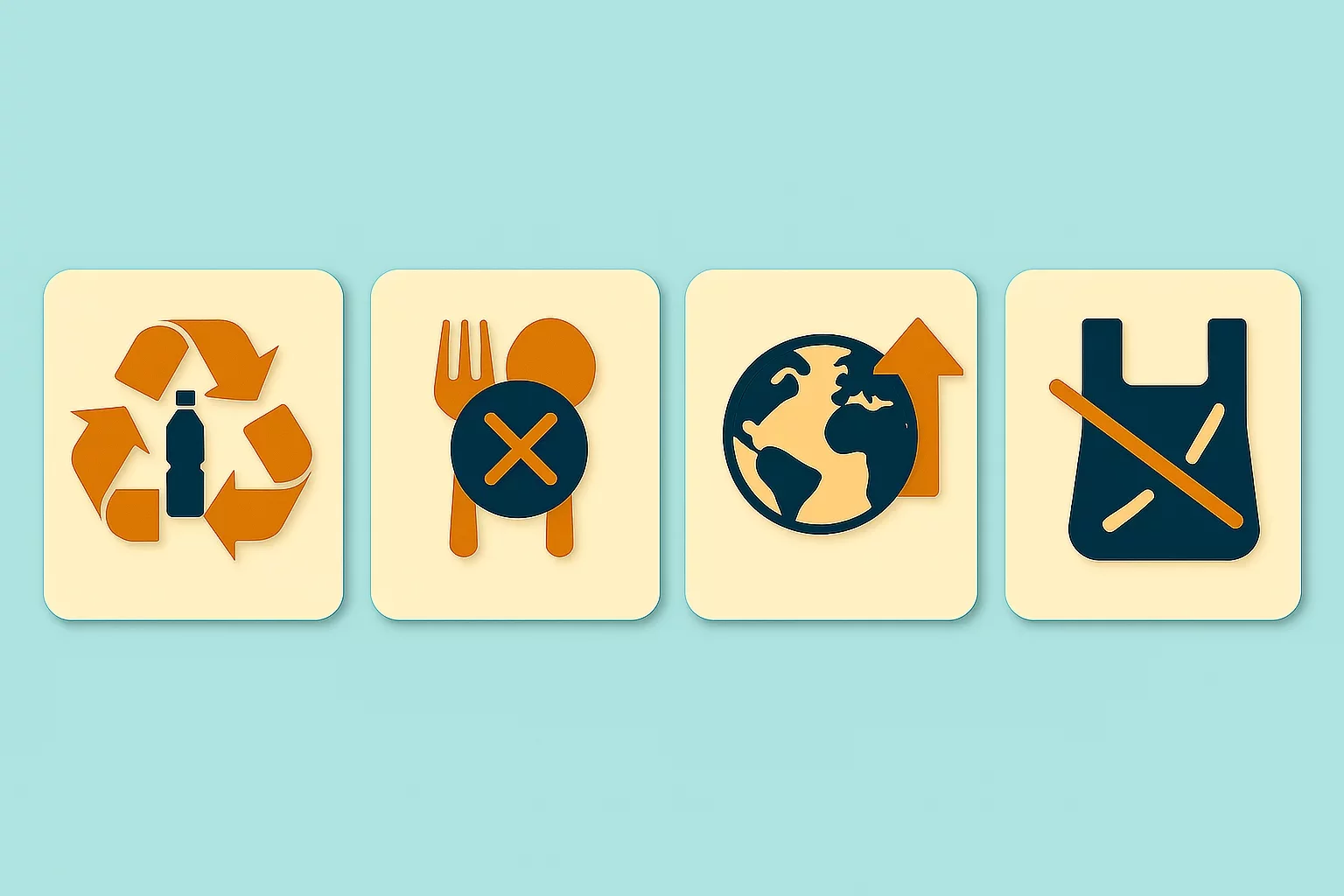
Europe’s Plastic Fiscal Shift: Why Italy’s Plastic Tax Now Starts in 2027
🕝 December 3, 2025
The Decline of Low-Value Import Exemptions: Closing Gaps in Cross-Border E-Commerce
🕝 November 20, 2025More News from United Kingdom
Get real-time updates and developments from around the world, keeping you informed and prepared.
-e9lcpxl5nq.webp)

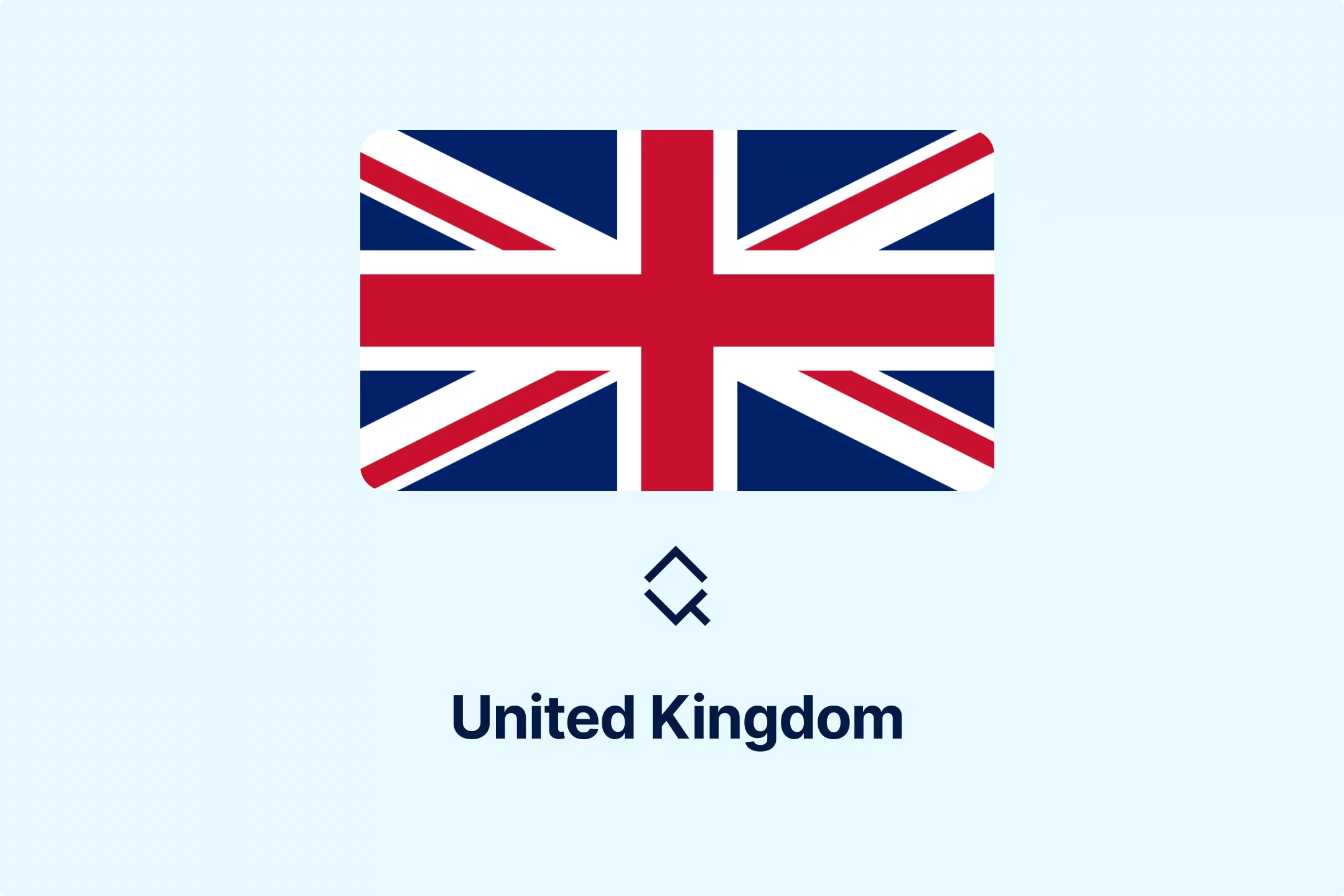

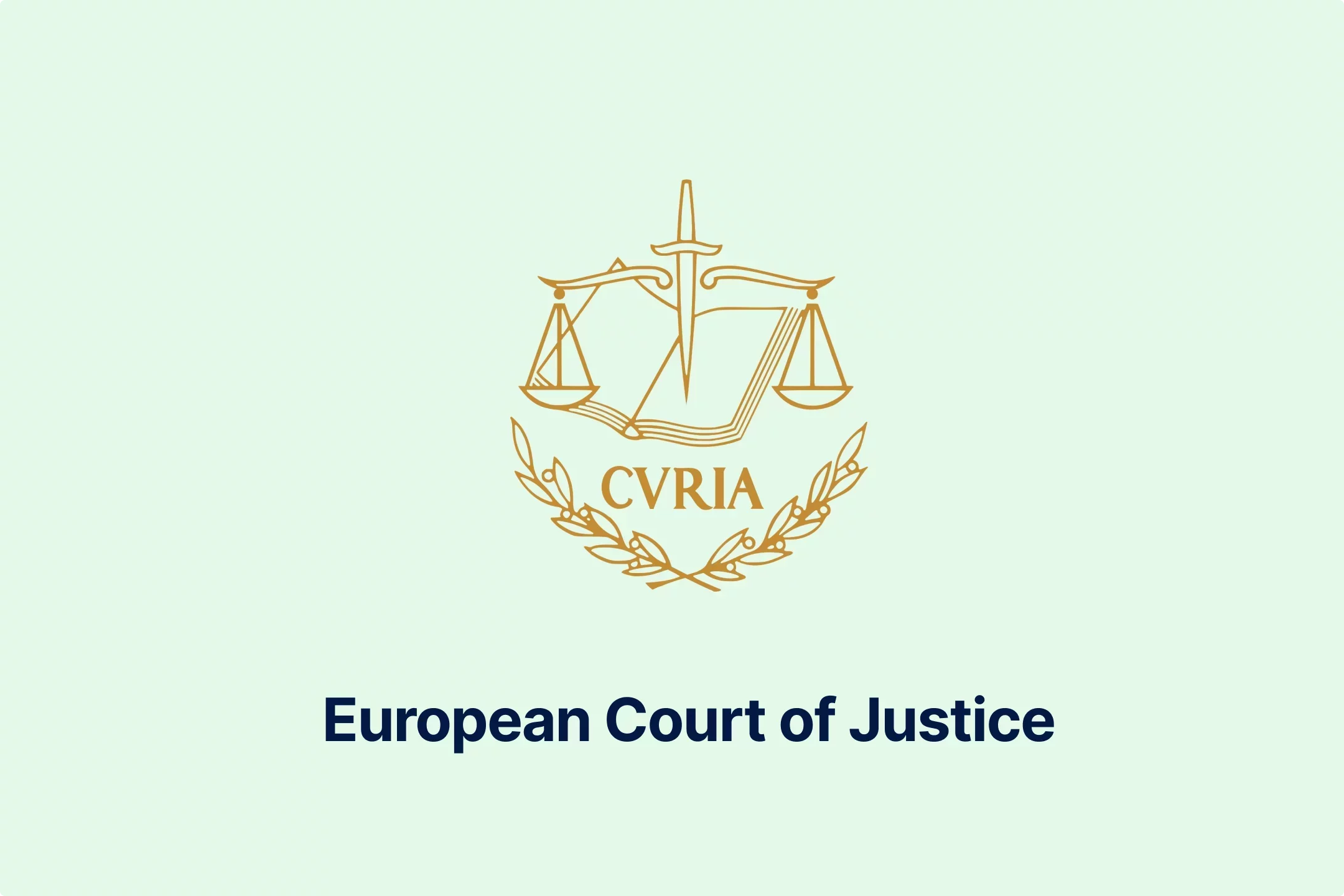
-lwb5qpsily.webp)
-qzsah2ifqx.webp)
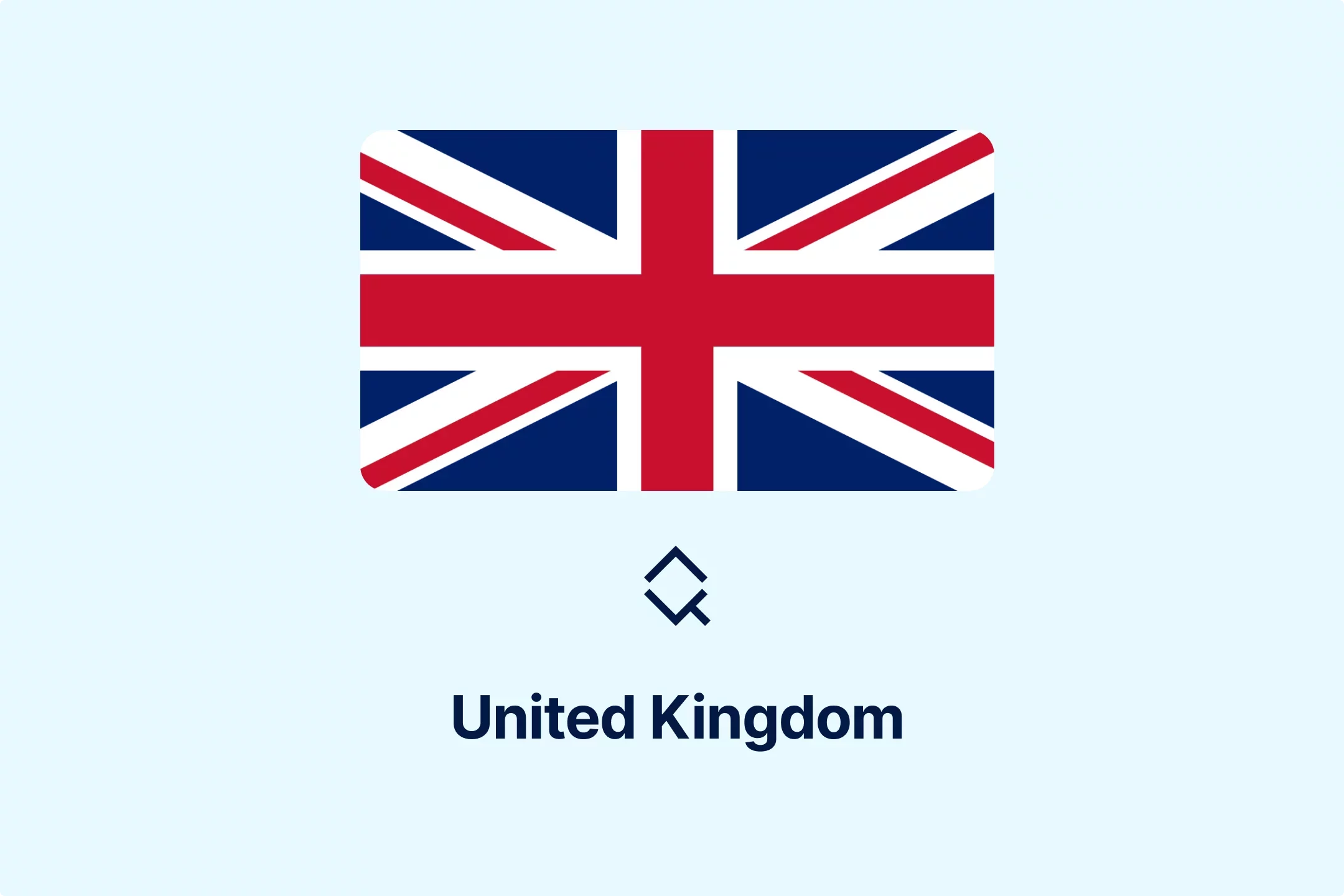
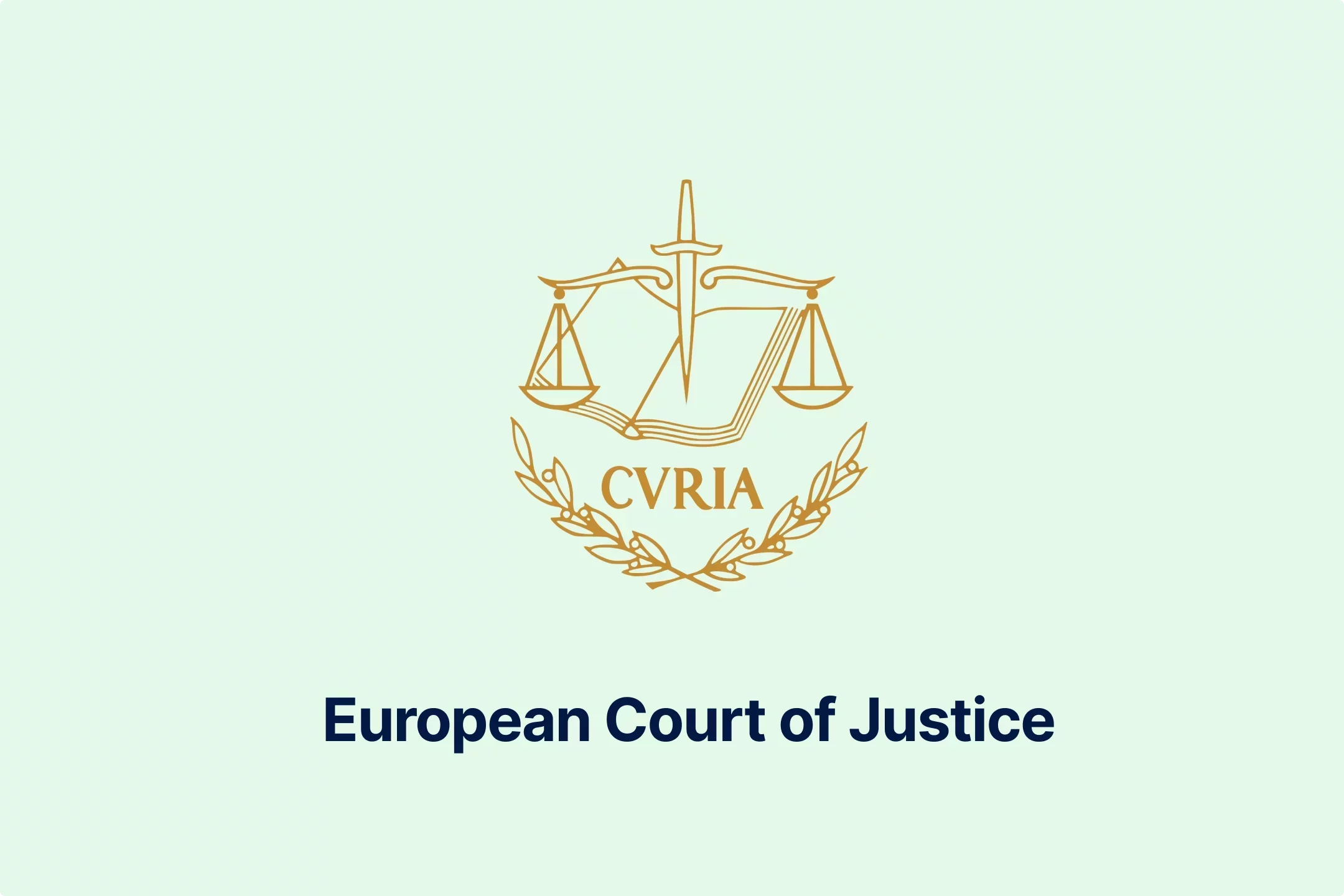
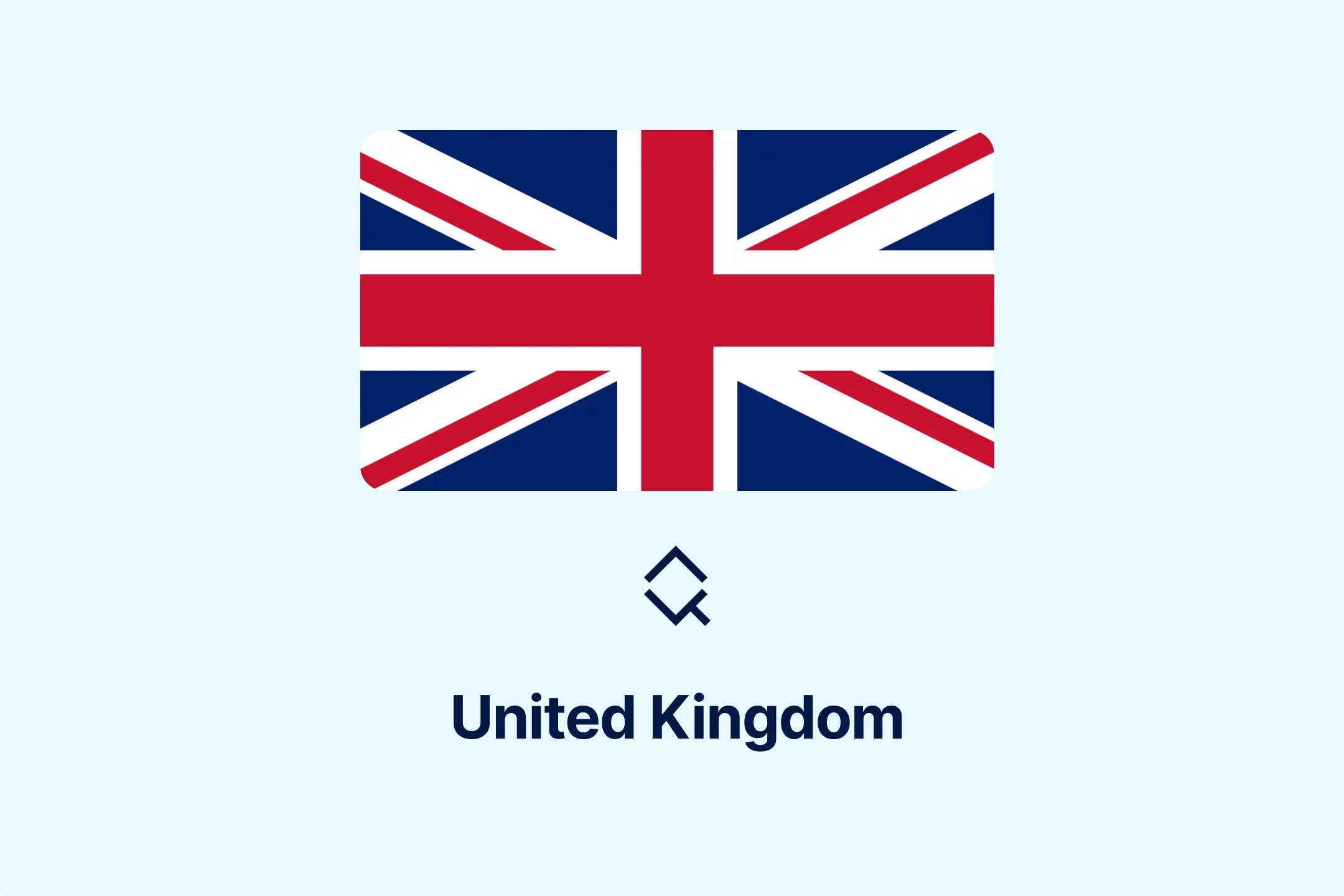
-subxdamdj6.webp)





-m2tl8crfqr.webp)


-xla7j3cxwz.webp)
-qjopq5jplv.webp)



.png)
.png)
.png)



















